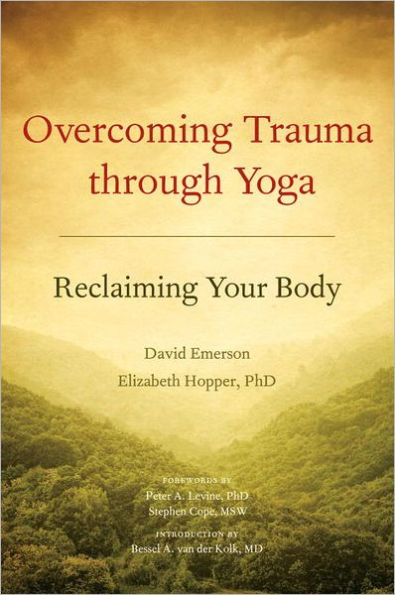Table of Contents
Foreword Peter A. Levine xi
Foreword Stephen Cope xiii
Introduction Bessel A. van der Kolk xvii
1 Reclaiming Your Body 1
2 Traumatic Stress 9
A Brief History of Traumatic Stress and Trauma Treatment 9
Historical Views on Mental Health Symptoms 9
Link between Traumatic Events and Symptoms 10
Veterans and Traumatic Stress 12
Expansion of the Application of the PTSD Diagnosis 13
Modern-Day Treatment Models for Post-traumatic Stress 14
Complex Trauma and the Limitations of Available Treatment Models 15
More Recent Treatments 16
The Future of Trauma Treatment 17
Trauma and the Survival Response 18
The Impact of Trauma 21
Yoga as Trauma Treatment 23
3 Yoga 25
The Origins of Yoga 25
Yoga in the West 28
4 Trauma-Sensitive Yoga 35
The Need for Trauma-Sensitive Yoga 35
Key Themes of Trauma-Sensitive Yoga 39
Experiencing the Present Moment 39
Making Choices 43
Taking Effective Action 50
Creating Rhythms 52
5 For Survivors 59
Developing a Trauma-Sensitive Yoga Practice 59
An At-Home Practice 62
6 For Clinicians 91
Integrating Yoga-Based Practices into the Therapy Office 91
Matching Yoga-Based Interventions to Goals 95
Creating Present-Moment Focus 97
Developing Mindfulness Skills 98
Building Curiosity and Developing Tolerance for Experiencing Sensation 99
Changing the Relationship with the Body 100
Centering 102
Grounding 106
Building Affect-Regulation Skills 107
Breathing Practices and Affect Regulation 108
Practicing Choice 109
Integrating Aspects of Experience 111
Increasing Confidence 112
Building Connection to Others 114
Addressing Challenges in Introducing Yoga-Based Strategies into the Therapy Office 116
7 For Yoga Teachers 119
Building a Trauma-Sensitive Yoga Class 119
Language 120
Assists 122
Teacher Qualities 126
Environment 128
Exercises 130
Responding to Triggered Reactions in a Yoga Class 134
Conclusions 139
Notes 143
Index 153
About the Authors 159



